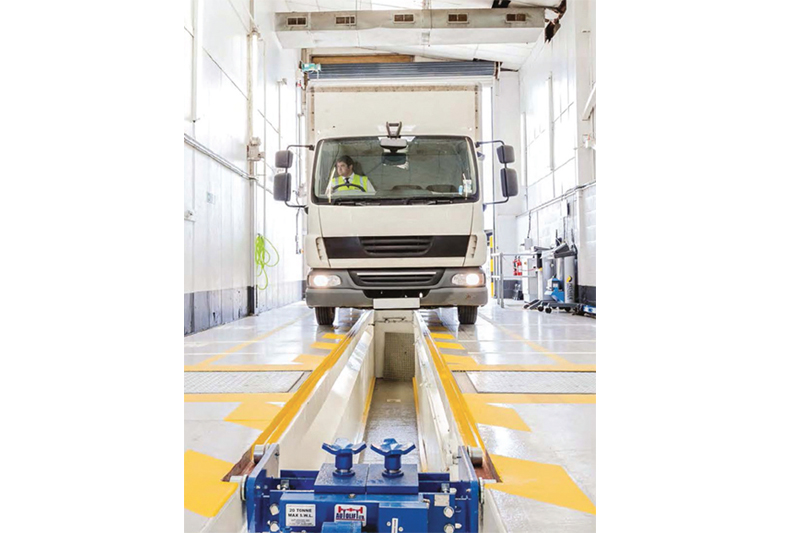
DVSA has concluded its review into whether current roadworthiness testing is fit for purpose and whether it supports or hinders the effective operation of haulage and logistics industries. CVW provides the summary of the findings.
Role of testing
The review has confirmed annual heavy vehicle testing is an important element of the regulatory regime designed to support public safety. Testing is an independent check of the effectiveness of vehicle maintenance systems and its effectiveness must be viewed in that context.
The overall effectiveness of the annual testing, operator licensing rules and compliance activities together merits continued attention outside the review to ensure that they work well together to best assure the safe and environmentally sound operation of heavy vehicles, in ways that still enable the industry to thrive.
Safety and environmental protection
The pass rate at the annual test, and the improvement in it over recent years, has been greater than the improvements in underlying roadworthiness levels. This demonstrates the positive effect that the test has on bringing vehicles up to the minimum roadworthiness standard at least once a year. It also shows the effect that vehicle preparation for test has over normal operating standards.
Some vehicle operators do demonstrate very good roadworthiness compliance, including excellent systems for ensuring compliance demonstrated through very high pass rates. It is not possible from current data to indicate whether the lack of heavy vehicle testing for three months (or for longer periods in some cases) during 2020 was associated with a reduction in standards or public safety.
Performance of the testing system
The introduction and predominant use of ATFs to form a larger network than that of DVSA testing stations has increased choice and flexibility for many users.
The requirement to use independent testers (fundamental to the purpose of testing), who are not involved in the operation or maintenance of the vehicles and spread over many sites, necessarily constrains flexibility. Currently, the system generally delivers the most fundamental requirement of customers of enabling vehicles to be tested and kept in service.
Efficiency and examiner resource constraints
The operation of the testing system inevitably results in costs to industry. Where there are difficulties in obtaining reasonably timed and located bookings, there are unnecessary costs to industry.
The utilisation of DVSA resources at ATFs is a useful measure of some aspects of the current system. However, some in industry have indicated that they may value more capacity being available.
The current system results in less choice of testing site, extra mileage to reach sites, administrative time booking, scrambling for re-tests, and vehicles being tested at peak demand periods or busy days of the week.
Contractual changes were made in 2015 to facilitate more evening and weekend working, but the levels of operation in these periods is limited. The short-term moratorium on new testing sites is inconsistent with the current system. It is a temporary measure for the ATF network, implemented into a system designed to be open and marketdriven. The market-driven provision of ATFs is in the context of a fairly static size of vehicle fleet, with more ATFs reducing the average tests done per ATF.
Performance measurement
The current principal measure of DVSA performance – cancellation rates of confirmed testing sessions due to DVSA examiners not attending – is important. Whilst DVSA does measure additional areas, these are not all transparent and do not cover all aspects of the system. There would be benefits in a broader set of transparent measures covering the whole system.
There may also be a benefit in determining an approach to how performance is monitored and areas for improvement identified. This could include ensuring that all parties – DVSA, operators and ATFs – all have a stake in understanding and improving performance.
Relationships
The three-way DVSA-ATF-operator relationship is complex and there is some dissatisfaction and ambiguity about how it works. There may be value in ensuring clarity by refreshing the main obligations and responsibilities of the three groups. This may then result in changes to contractual relationships.
The rapid suspension of mainstream vehicle testing in March 2020 (lasting more than a quarter) has damaged the relationship between DVSA and parts of industry.








